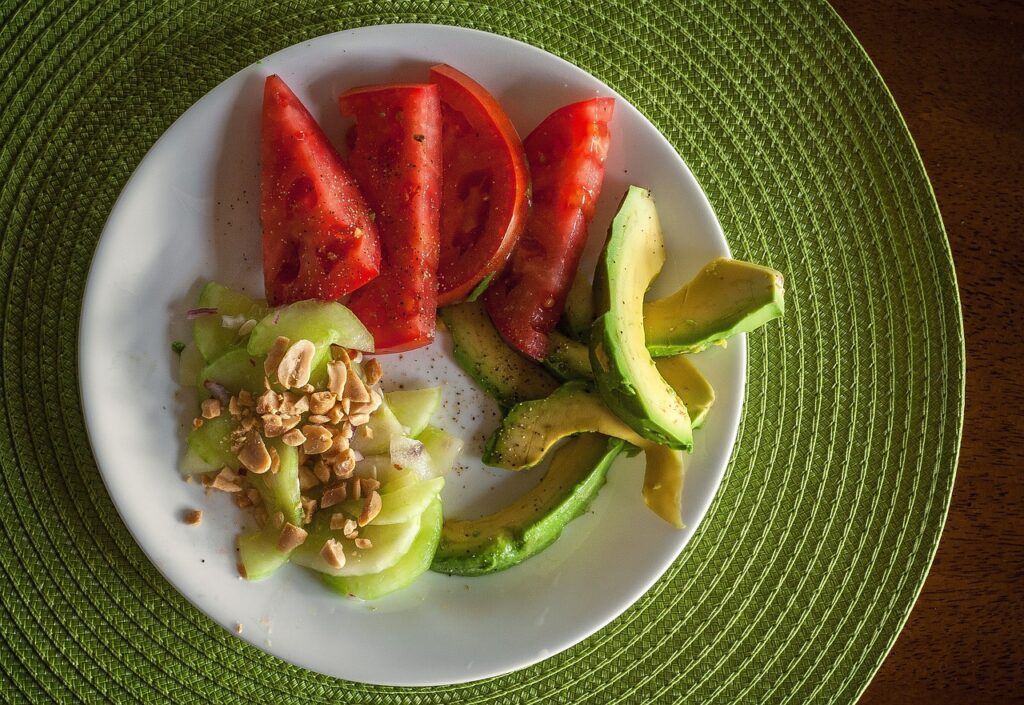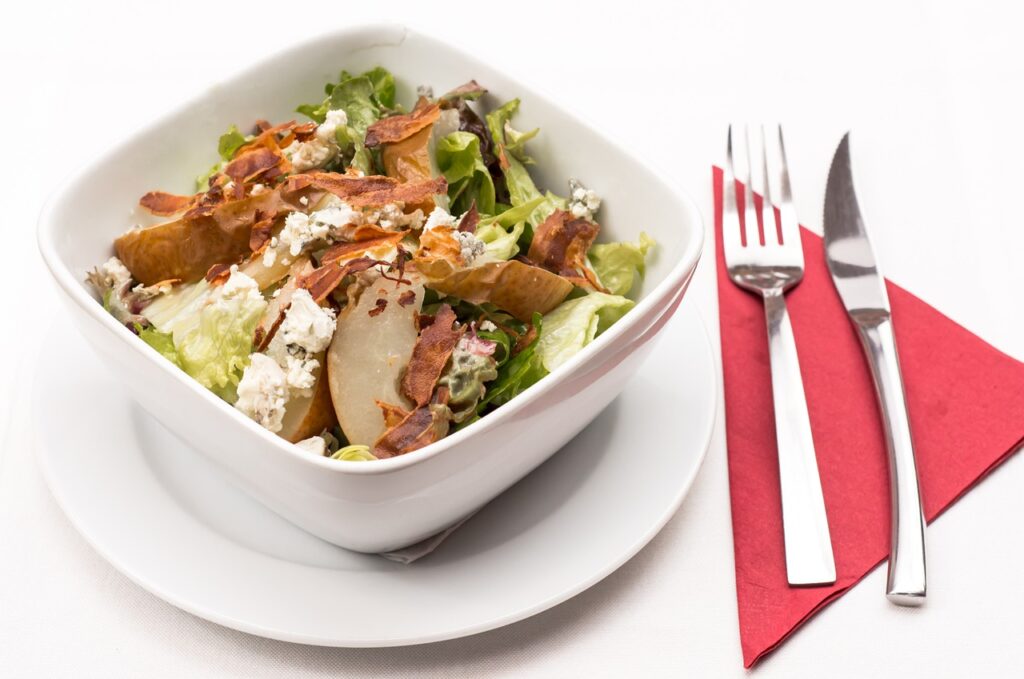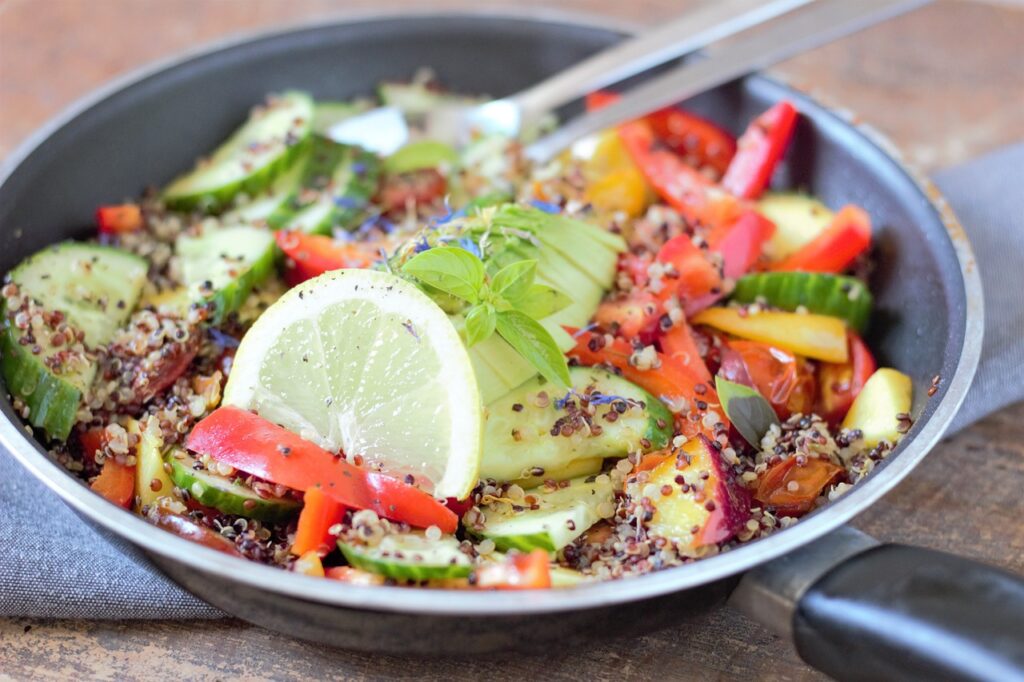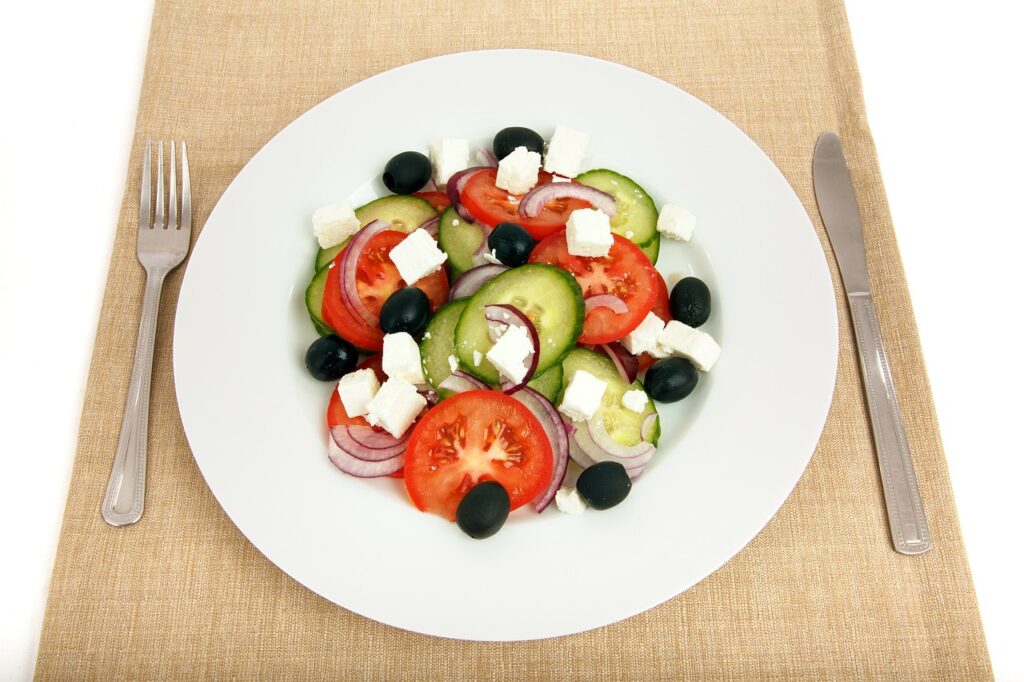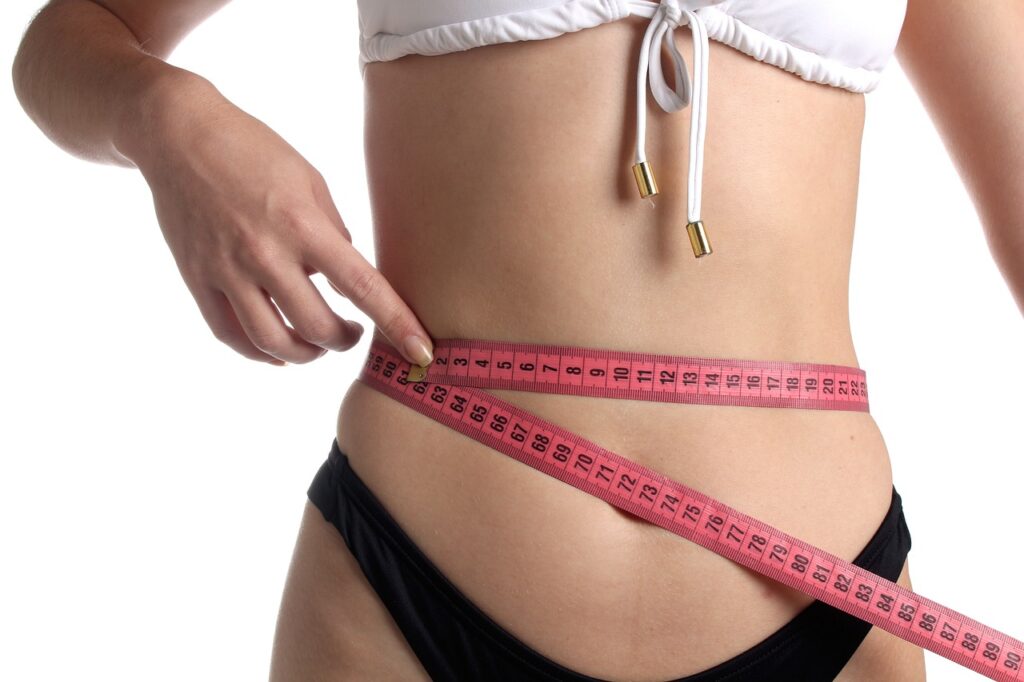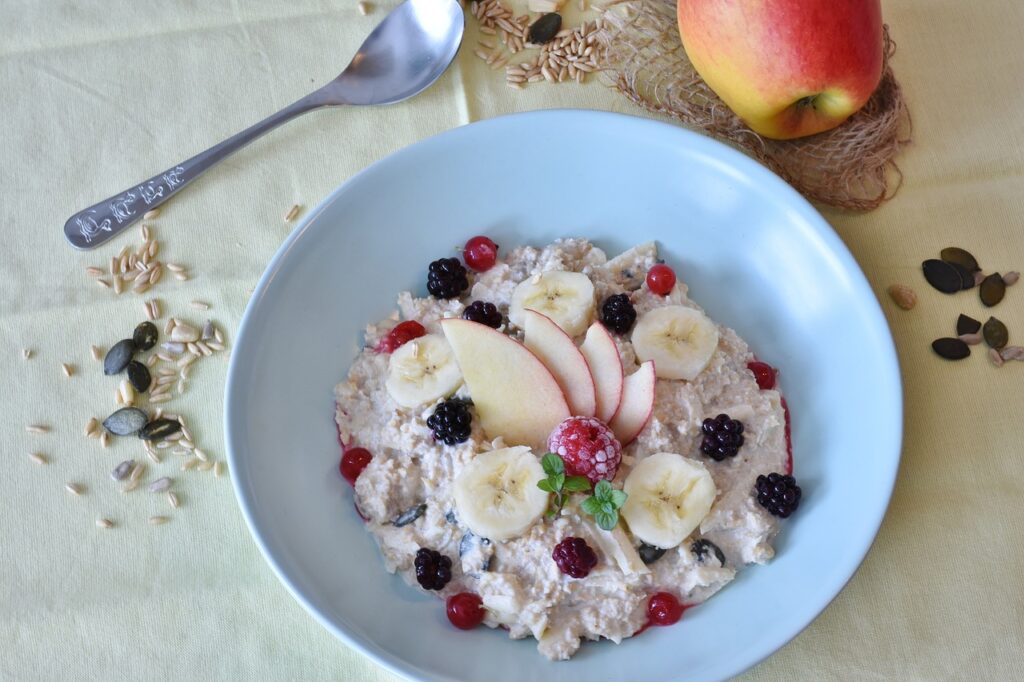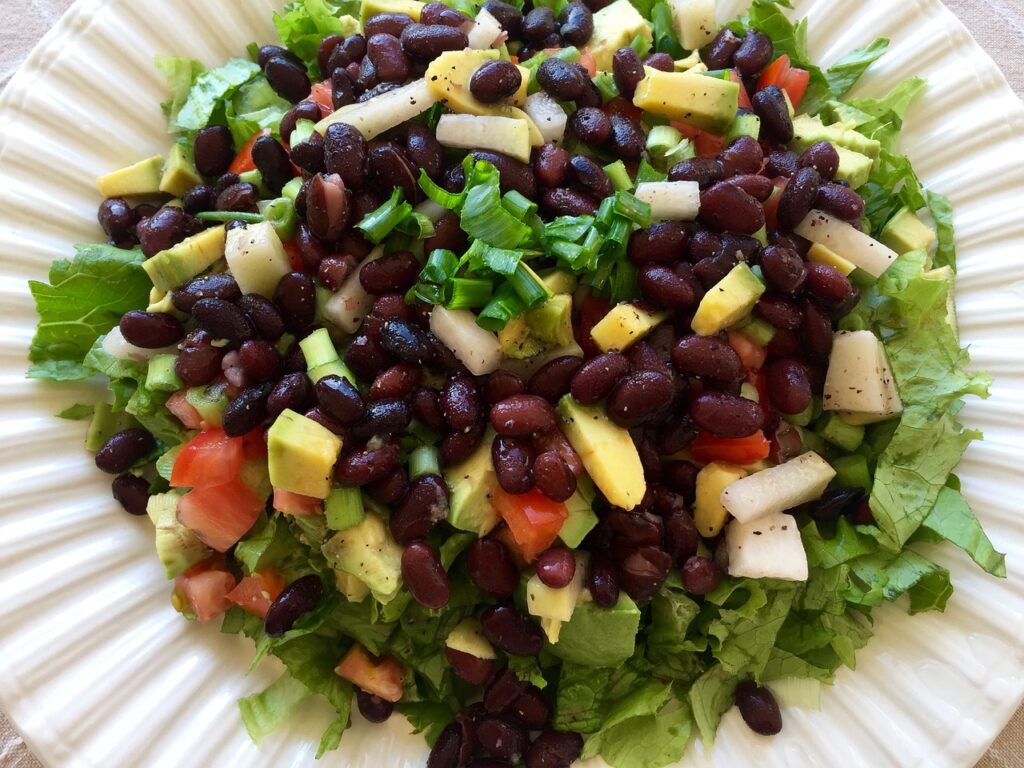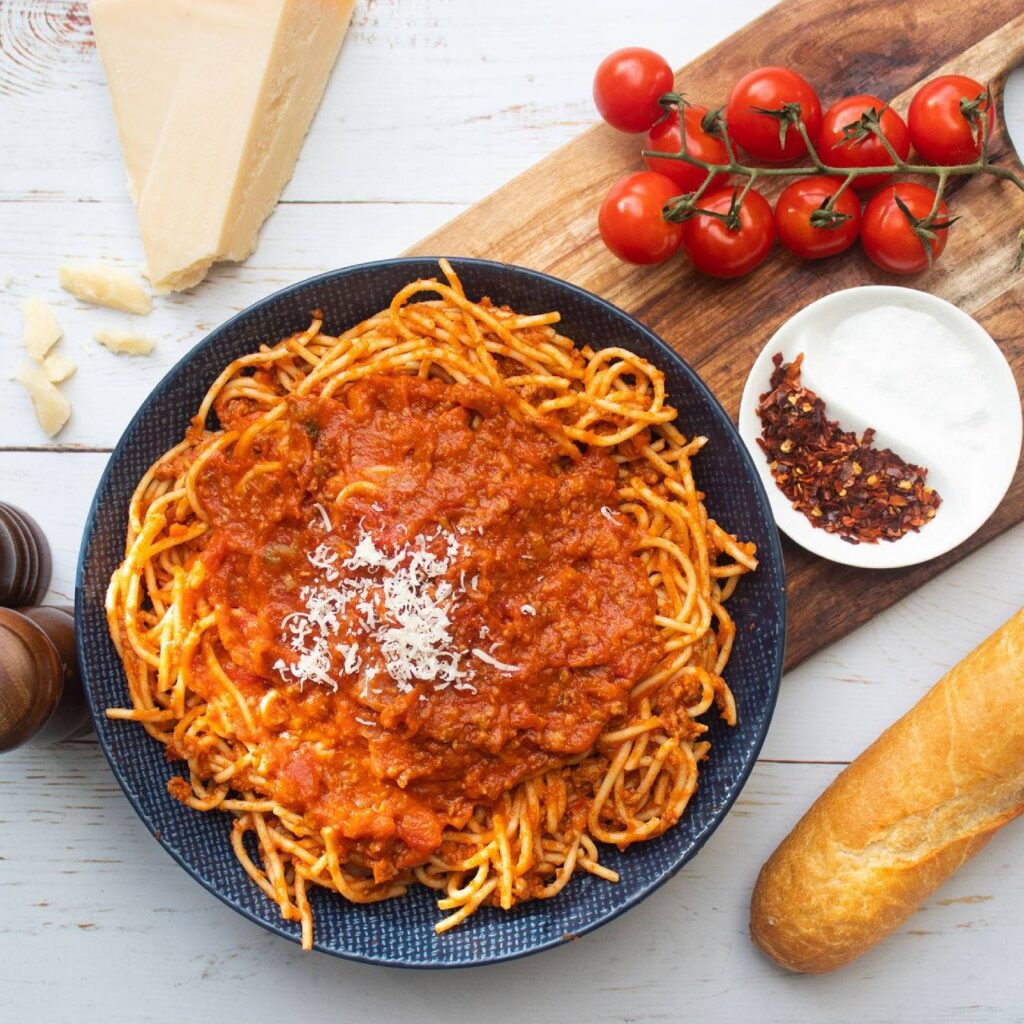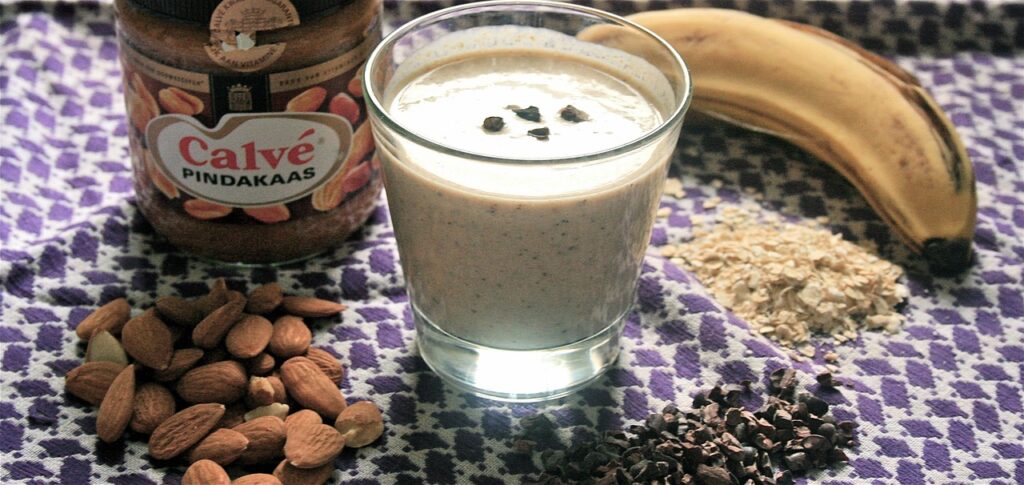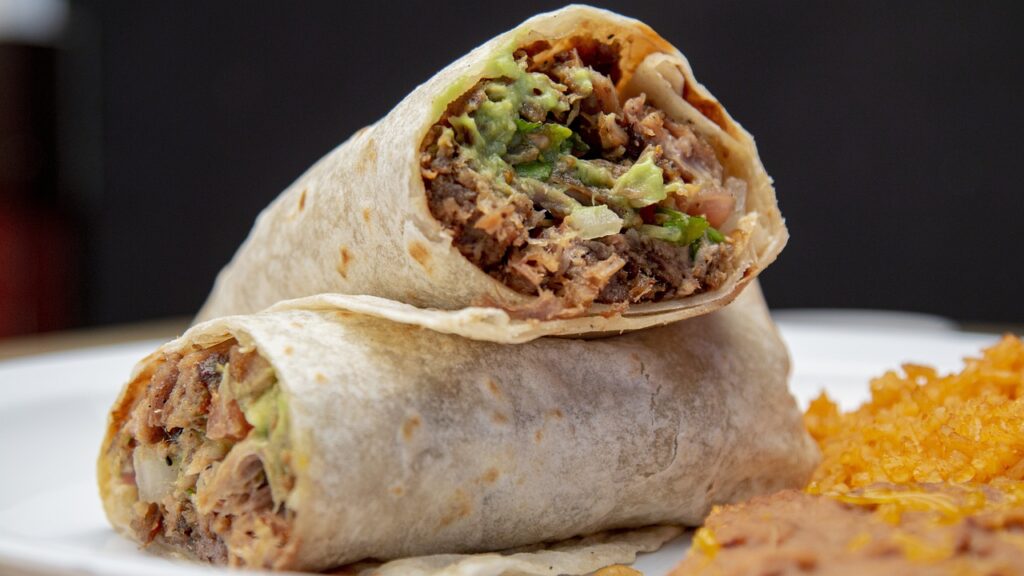Lose Weight with Intermittent Fasting – Top 5 Methods!
Intermittent fasting is an eating pattern that alternates fasting and eating. This weight loss method has gained popularity recently due to its many health benefits, including increased insulin sensitivity, reduced inflammation, and reduced risk of chronic disease.
With so many people looking for ways to lose weight and improve their health, it’s no surprise that intermittent fasting has become a hot topic.
We’ll take a closer look at how much weight you can lose with intermittent fasting, explore the pros and cons of this diet, and share 5 ways you can do intermittent fasting.
Whether you’re new to this weight loss method or just curious about its potential benefits, this article aims to give you a thorough understanding of what to expect when losing weight with intermittent fasting.
So let’s dive in!

5 Ways to Intermittent Fasting
The 16/8 Method
This is one of the most popular methods of intermittent fasting and involves fasting for 16 hours and eating within 8 hours.
This method is considered one of the easiest to follow and allows for normal eating patterns for most of the day.
The 5:2 Diet
This method consists of eating normally for 5 days and restricting calorie intake to 500-600 for 2 non-consecutive days. This method is ideal for those who want to limit their calorie intake without feeling like they’re constantly dieting.
The 5:2 diet is also great for people who don’t want to fast all day because it only requires two days of calorie restriction per week.
Alternate-day fasting
This method involves fasting on alternate days. This method is great for those who want to fast for a longer period of time and are comfortable with long periods of fasting.
However, this method can be more difficult to follow as it requires a higher level of discipline.
The Warrior Diet
With this method, small amounts of raw fruit and vegetables are eaten during the day and a large meal in the evening. This method is ideal for people who prefer to eat their largest meal in the evening and like to eat fresh, raw foods.
It is also a great option for those with a full schedule that has no time for several meals.
The EAT-STOP-EAT method
This method is to fast for 24 hours once or twice a week. This method is ideal for those who want to fast over a longer period of time but do not want to fast every other day.
The Eat-Stop-Eat method is also ideal for people who wish to fast on a schedule that is easy to remember and follow.
Regardless of which intermittent fasting method you choose, it’s important to listen to your body and be patient. Weight loss can be a slow process and it’s important to be consistent and disciplined to see results. Also, it’s important to remember that intermittent fasting should be combined with a healthy, balanced diet and regular exercise to maximize results.
Choose the method that best suits your lifestyle and health goals, and stick with it for the best results.
*Is Intermittent Fasting Worth the Hassle?
How Much Weight Can I Lose With Intermittent Fasting?
The amount of weight you are likely to lose while intermittent fasting depends on a number of factors, including starting weight, diet, and level of physical activity.
On average, people who follow a consistent intermittent fasting program can expect to lose 1-2 pounds a week. That might not sound like much, but it’s important to remember that slow and steady weight loss is healthier and more sustainable than fast weight loss. It is also important to note that intermittent fasting weight loss is not solely dependent on the number of calories consumed.
In fact, many people find that they naturally consume fewer calories when following an intermittent fasting program because they are less hungry and more satisfied with their meals. Additionally, the intermittent fasting process has been shown to improve insulin sensitivity, which can lead to increased fat loss and decreased body weight.
It’s also worth noting that weight loss with intermittent fasting may not be consistent, as there will likely be ups and downs along the way. This is normal and should be expected as weight loss is a complex process influenced by many factors including water retention, muscle mass, and hormonal fluctuations.
Despite these fluctuations, the long-term trend should be toward weight loss. If you consistently follow an intermittent fasting program and make healthy food choices, you can expect significant weight loss over time.
It’s important to be patient, and persistent, and remember that weight loss is a journey, not a destination.
With time and dedication, you can achieve your weight loss goals and improve your overall health and wellness with intermittent fasting.
How Long Should Intermittent Fasting Be Done?
There is no set time frame for how long you should do intermittent fasting. The length of time you choose to do intermittent fasting depends on your individual health and lifestyle goals.
Some people choose to follow an intermittent fasting program for a few weeks or months, while others make it a lifelong habit. It is important to note that intermittent fasting is not a quick fix or fad diet.
It is a lifestyle change that requires discipline and commitment to be effective. If you are new to intermittent fasting, it is recommended that you start slowly and gradually increase the length of your fasting periods as you become more comfortable with the process.
It’s also important to listen to your body and be aware of how you’re feeling. If you’re experiencing negative side effects like fatigue, headaches, or irritability, you may need to adjust the length or intensity of your fasting periods.
Ultimately, the length of time you choose to do intermittent fasting should be based on your individual health goals and needs. Whether you decide to do it for a few weeks or make it a lifelong habit, the key is to be consistent and disciplined.
By following an intermittent fasting program that works for you, you can reap many health benefits and meet your weight loss goals over time.
Can You Lose Fat Just With Intermittent Fasting?
Intermittent fasting is an effective tool for weight loss and fat loss.
While it is possible to lose weight through calorie restriction alone, the benefits of intermittent fasting go beyond simply reducing the calories you eat. Intermittent fasting has been shown to improve insulin sensitivity, which can lead to greater fat loss. When insulin sensitivity improves, the body is better able to use stored fat for energy, leading to greater fat loss. In addition, intermittent fasting has been shown to increase levels of human growth hormone, which is known to help the body shed fat.
It’s important to note that while intermittent fasting can be a powerful tool for fat loss, it’s not a silver bullet. To see results, it is important to combine intermittent fasting with a healthy diet and regular physical activity.
By choosing healthy foods and incorporating exercise into your routine, you can maximize the fat-loss benefits of intermittent fasting and achieve your weight-loss goals.
While it is possible to lose fat with intermittent fasting alone, relying solely on this weight-loss method is not recommended. It’s important to have a comprehensive approach that includes a balanced diet, regular physical activity, and other healthy lifestyle choices.
By taking a holistic approach to weight loss, you can achieve your health goals and improve your overall well-being.
*Can intermittent fasting help you lose weight?
What Foods to Eat When Doing Intermittent Fasting?
When it comes to what foods to eat during the eating phases of intermittent fasting, it’s best to focus on nutrient-dense whole foods. These include:
Vegetables: Leafy greens, cruciferous vegetables, and other colorful produce are low in calories and high in nutrients.
Fruit: Choose low-sugar fruits like berries, apples, and pears.
Protein: Choose lean protein sources such as chicken, fish, tofu and legumes.
Healthy Fats: Includes sources of healthy fats like avocado, nuts, seeds, and olive oil.
Whole Grains: Opt for whole grains like quinoa, brown rice, and whole wheat bread.
It’s important to limit or avoid processed and unhealthy foods that are high in sugar, unhealthy fats, and added chemicals. During intermittent fasting, it’s also important to stay hydrated with water, unsweetened tea, and low-sugar beverages.
Remember that the goal of intermittent fasting is not just to restrict calorie intake, but to provide your body with nutrient-dense foods. So choose wisely and eat to provide your body with the vitamins and minerals it needs to stay healthy and strong.
Benefits of Intermittent Fasting
Intermittent fasting has been shown to provide a variety of health benefits beyond weight loss and fat loss.
Some of the most notable benefits include:
Improved Insulin Sensitivity
Intermittent fasting has been shown to improve insulin sensitivity, which may help regulate blood sugar levels and reduce the risk of type 2 diabetes.
Increased Longevity
Studies have shown that intermittent fasting can increase longevity and protect against age-related diseases.
Improved Mental Clarity
Intermittent fasting has been shown to improve mental clarity and focus, and may even help reduce symptoms of depression and anxiety.
Increased Energy Levels
By reducing the time spent digesting food, the body can conserve energy and increase overall energy levels. Improved
Cardiovascular Health
Intermittent fasting has been shown to improve heart health by reducing inflammation, lowering blood pressure, and improving cholesterol levels.
Better Cellular Repair
Intermittent fasting has been shown to stimulate cellular repair processes, helping the body maintain healthy cells and reducing the risk of chronic disease.
Improved Gut Health
Intermittent fasting may improve gut health by reducing inflammation and encouraging the growth of beneficial gut bacteria.
Intermittent Fasting is a safe and effective way to improve overall health and wellness and can provide numerous benefits beyond weight loss and fat loss.
However, it is important to consult a doctor before beginning intermittent fasting, especially if you have a history of health conditions or are taking any medication.
Negative Aspects of Intermittent Fasting
While there are many potential benefits of intermittent fasting, it’s also important to be aware of the potential negative aspects.
Some of the more common negative effects of intermittent fasting are:
Hunger and Cravings: Intermittent fasting can induce feelings of hunger and cravings, especially during periods of fasting.
Decreased Energy Levels: During periods of fasting, the body may experience decreased energy levels, leading to fatigue and decreased productivity.
Hormonal Imbalances: Intermittent fasting has been shown to disrupt normal hormone levels, which can negatively impact the menstrual cycle and fertility.
Increased Stress Levels: Intermittent fasting can increase stress levels, especially in those already struggling with stress or anxiety.
Dehydration: Intermittent fasting can lead to dehydration, especially during periods of fasting.
Increased Risk of Binge Eating: Intermittent fasting can lead to feelings of deprivation, which can increase the risk of binge eating and overeating during eating periods.
Decreased Muscle Mass: Intermittent fasting has been shown to result in a loss of muscle mass, particularly in people who don’t incorporate regular physical activity into their routine.
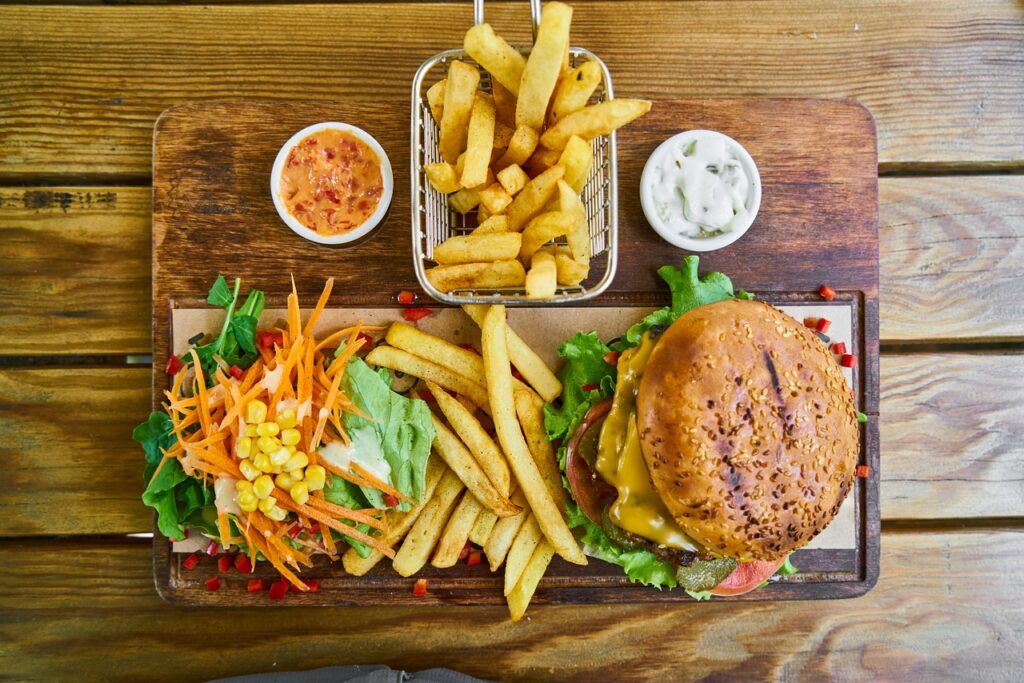
Should I Try Intermittent Fasting For Weight Loss?
It is important to be aware of the possible negative effects of intermittent fasting and to consult a doctor before beginning intermittent fasting.
By taking a careful and informed approach to intermittent fasting, you can minimize the potential negative effects and maximize the benefits. Intermittent fasting is a popular weight loss and health improvement strategy that consists of alternating periods of fasting and eating.
By restricting calorie intake for a specific time each day or week, people can improve insulin sensitivity, increase longevity, improve mental clarity, and more. However, it is important to be aware of the potential negative effects of intermittent fasting.
Before beginning an intermittent fasting program, it’s important to consult with a doctor and choose the right intermittent fasting method for your needs and goals.
Whether you choose the 16/8 method, the 5:2 diet, or some other approach, the key to successful intermittent fasting is being consistent and patient.
By making gradual changes to your diet and lifestyle, you can achieve lasting weight loss and health benefits with the help of intermittent fasting.

Get Free Notion Templates, Recipies, and Ebook! If you love what we do, fuel our work with a coffee!
Note: This article includes affiliate links. Your support is valued and comes at no additional expense to you.
Crypto Donation – 94TQXX1ENtkXgVmNwQNPzW2HKXXPYhHdzPRPkvtkMVgf

